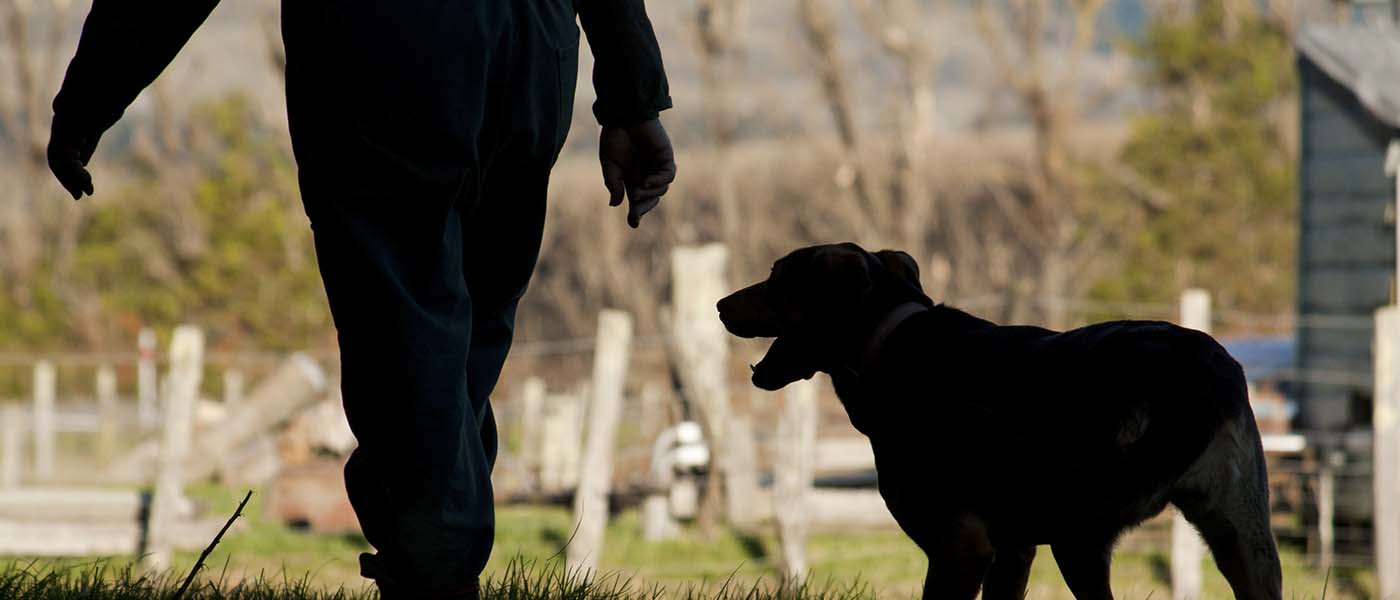
Tooth root abscesses are a relatively common occurrence in all dogs, and working dogs are no exception. Abscesses develop when a tooth or the tissues around a tooth become infected. Diseased teeth causing the abscess are usually fractured, but can also have wear, discolouration, severe periodontal disease (heavy tartar, gum recession, etc), or appear normal.The infection, either in the tooth or the surrounding tissues, increases over time and moves up the roots of the teeth and into the bone. This may cause a swelling on the face above the affected tooth. The infection can form draining tracts into the mouth or on the face. Uncommonly, the infection can extend to the tissues behind the eye causing it to protrude. Tooth root infections can clear up with antibiotics but will almost always reoccur unless the infected tooth or teeth are removed.
Determining which tooth is the cause of the problem can be obvious in cases of fracture, severe periodontal disease or tooth discolouration, but in cases where the tooth looks normal dental radiography will be needed to identify which one is the culprit. X-rays also confirm that a facial swelling is due to a tooth root infection and not another less common cause (eg foreign body, trauma, allergic reaction, tumour, or cyst, etc). Normal bone shows up white on radiographs, and infected bone is less dense and shows up as black halos around the infected tooth or teeth. X-rays can also identify other problems like fractured or misshapen roots which may complicate removal. It is important that the entire infected tooth be removed, or the infection will return.
Working dogs are exposed to excessive tooth wear and also fracture of the large upper cheek teeth. This can be due to external trauma (kick) or, more often, is due to chewing on dense bone. When feeding meat on the bone to working dogs it is advised to avoid feeding canon bones (bones below the wrist or carpus in the front leg, and below the hock in the hind leg). These bones have little meat and are very dense, making them more likely to cause damage to the teeth when they are chewed.
Written by Lori Linney DVM